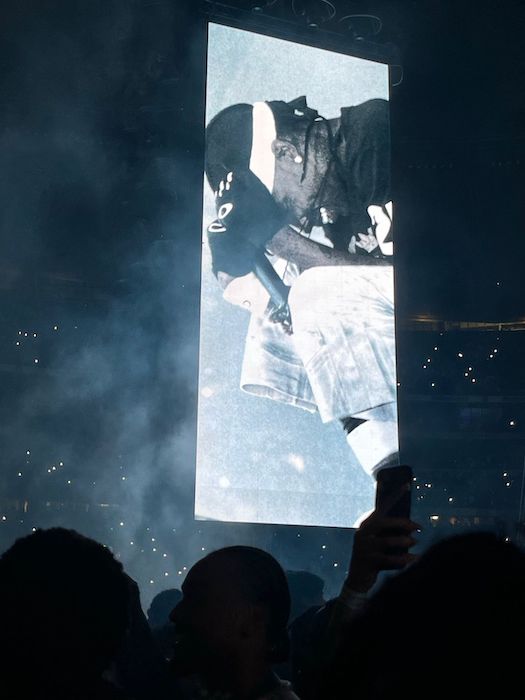Content creator Snaye Mdubu shares his lessons from a viral Travis Scott moment. The response confirmed what he’s long believed: that brands, creators and marketers need to pay closer attention to the real-time emotional pulse of their audience.
I didn’t plan for my first viral video to be Travis Scott crying on stage. But that’s the thing about real culture, it rarely announces itself in advance.
On Saturday, 11 October, I was just another fan at the concert. No media pass. No brand brief. Just me, my phone and an instinct that something was happening. When Scott became visibly overwhelmed mid-performance, he paused and cried, right there in front of us. I hit record. No agenda, no editing and no fancy captions. Just a moment that felt raw and real.
By the next morning, the video had over 250,000 views, 17,000+ likes and 2000+ comments within 24 hours – all from a video I almost didn’t post.
Why Did It Go Viral?
1. Emotion > Perfection
We are entering an era where audiences crave feeling over polish. Scott’s vulnerability was unexpected, unfiltered and honest. In a feed full of curated content, this stood out as deeply human.
2. Culture In Context
This wasn’t just a concert. For fans of hip hop, it was a rare public expression of emotion from an artist known for rage and bravado. That contradiction made it culturally significant. Moments like these are not just entertainment, they are timestamps in music history.
3. Right Place, Right Time
This wasn’t about chasing a trend, it was about presence. I was there, capturing the moment as it unfolded. The timing wasn’t algorithmic, it was instinctual. And that instinct led to impact.
What Marketers Can Learn
For brands and storytellers, there’s something powerful here: Culture doesn’t live in a boardroom. It lives in real time.
Marketing teams spend months planning campaigns designed to ‘connect emotionally’ and then a spontaneous moment of real humanity does it in 15 seconds.
So what does that mean for us?
– Be present: The most powerful content often comes from being in the right place not just online, but physically in the culture.
– Trust emotion: Audiences respond to what feels genuine, even if it’s messy.
– Move with culture, not just trends: Some things can’t be predicted but they can be felt, if you’re listening.
The best content isn’t always created. Sometimes, it’s simply captured.
SNAYE MDUBU
@SnayetheScorpio










